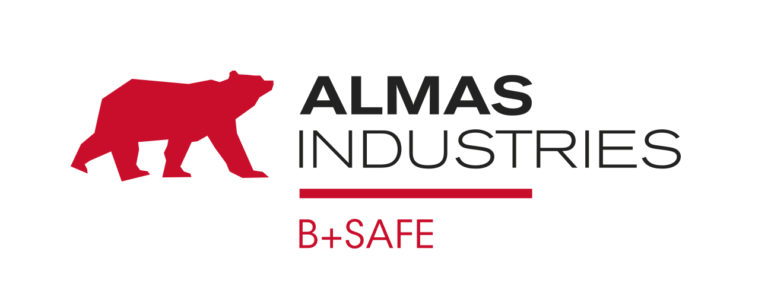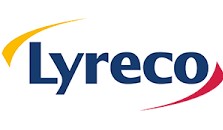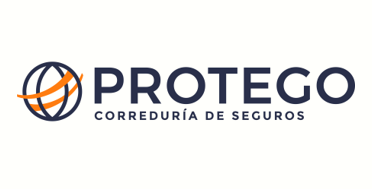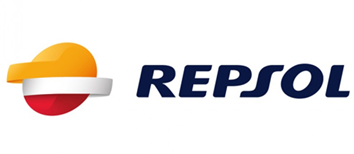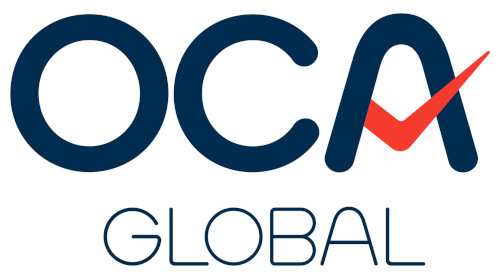INTERPORC highlighted the Spanish pork sector’s ability to quickly adapt to international conditions, both commercial and geopolitical, during the conference “The Conditions of Spanish Agri-Food Trade in National and International Markets,” held in Madrid.
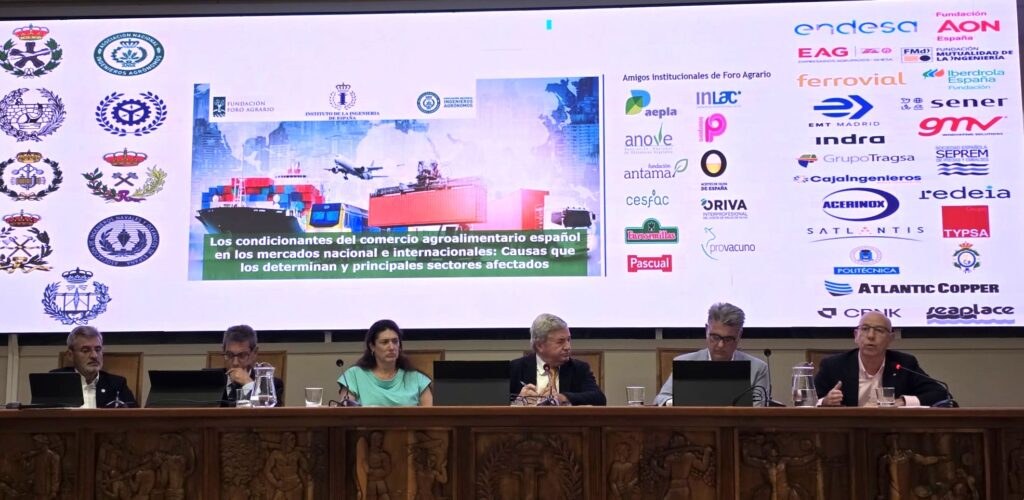
In his speech, INTERPORC’s General Director, Alberto Herranz, emphasized that this flexibility has been a decisive factor in consolidating Spanish pork as a global leader:
“The Spanish white-coated pork sector has grown by competing in international markets, in a world with more friction and uncertainty than certainty. The challenge is not to sell at any price, but to keep markets open with security and reputation.”
The Spanish production model, based on European requirements for food safety, sustainability, animal welfare, and traceability, is a guarantee of quality that reinforces the trust of consumers and international partners.
White-coated pork is one of the major drivers of the Spanish agri-food trade balance
Thanks to this strength, in 2024 the sector exported 2.72 million tons of pork for a value of over €8.784 billion. China remained the main destination with 539,064 tons and €1.097 billion, followed by France (289,865 tons; €1.072 billion) and Italy (274,591 tons; €796 million). Other key markets include Japan, the Philippines, South Korea, Portugal, Poland, and Romania, reaching a total of more than 130 countries.
All of this makes white-coated pork one of the major drivers of the Spanish agri-food trade balance.
The event, held in Madrid, was organized by the National Association of Agricultural Engineers (ANIA), the Agrarian Forum Foundation, and the Spanish Engineering Institute (IIE). It also brought together representatives from the olive oil, animal feed, beef, and dairy sectors.

